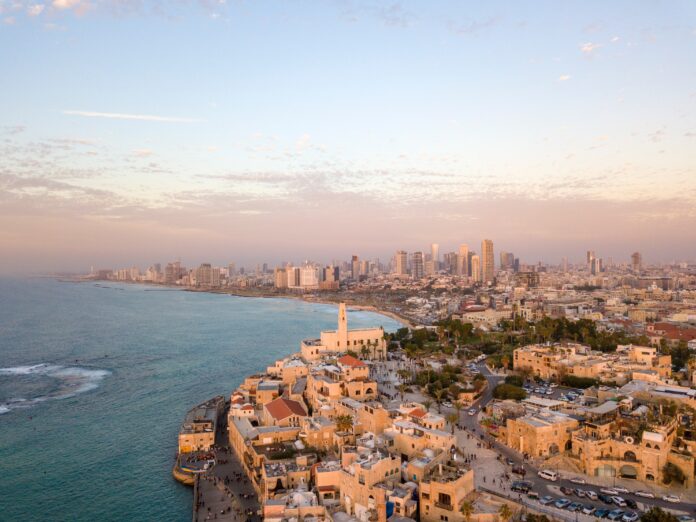Navigating the Path to Peace: The Israel-Hamas Truce and its Implications
Overview of the Israel-Hamas Conflict
The Israel-Hamas conflict is deeply rooted in the broader Israeli-Palestinian conflict. It involves a series of military and political confrontations, primarily between the Israeli government and the Palestinian organization Hamas, which controls the Gaza Strip. The conflict is characterized by periods of intense fighting, rocket attacks, and mutual hostilities, often leading to significant civilian casualties and humanitarian crises.
Brief on the Recent Truce
The recent truce, brokered with the help of international mediators, marks a significant development in the ongoing conflict. This truce aimed to bring a temporary halt to the violence and facilitate an exchange of prisoners and hostages, providing a brief period of respite and opening a window for potential diplomatic progress.
Details of the Hostages Released by Hamas
As part of the truce, Hamas released several hostages, including Israeli citizens. These individuals, mainly women and children, were transferred through Egypt and then to Israel, signifying a major step in the truce’s implementation.
Information on the Palestinian Prisoners Released by Israel
Concurrently, Israel released a number of Palestinian prisoners. This exchange was a critical element of the truce agreement and was seen as a gesture of goodwill towards sustaining the ceasefire.
Truce Details
Qatar and Egypt played crucial roles as mediators in this truce. Their diplomatic intervention was pivotal in bringing the two sides to agree on the terms of the ceasefire, highlighting their influence in the region.
Specific Terms of the Truce
The truce included specific terms such as the cessation of hostilities, the release of hostages and prisoners, and provisions for humanitarian aid. These terms were designed to provide immediate relief and set the stage for further negotiations.
Situation of Civilians in Gaza and Israel
The truce had a significant impact on the lives of civilians in both Gaza and Israel. In Gaza, people faced the aftermath of conflict, including damaged infrastructure and the need for medical care, while in Israel, the return of hostages brought relief to many families.
Humanitarian Aid and Medical Assistance
The ceasefire facilitated the entry of humanitarian aid into Gaza, addressing the urgent needs of the population, such as food, medical supplies, and infrastructure repair.
Global Reactions to the Truce
The international community generally welcomed the truce, viewing it as a necessary step towards de-escalation. Many countries and international organizations expressed support for the ceasefire and the need for a long-term solution to the conflict.
Statements from International Organizations
International organizations, including the United Nations, called for the truce to be respected and for both sides to engage in dialogue to address the underlying issues of the conflict.
Conclusion
The current situation, while temporarily stable due to the truce, remains fragile. The ceasefire has brought a much-needed pause in hostilities, but the long-standing issues at the heart of the conflict persist.
The future of the region hinges on sustained diplomatic efforts and the willingness of both parties to engage in meaningful negotiations. The truce provides a foundation, but achieving lasting peace requires addressing the deeper political, territorial, and social issues that fuel the conflict.
FAQs
1. What was the role of Qatar and Egypt in the Israel-Hamas truce?
– Qatar and Egypt acted as mediators in facilitating the truce between Israel and Hamas.
2. How many hostages and prisoners were exchanged in the truce?
– Hamas released 24 hostages, including 13 Israelis, while Israel released 39 Palestinian prisoners.
3. What is the international community’s stance on the truce?
– The international community, including the United Nations, has cautiously welcomed the truce, emphasizing the need for a sustainable resolution.
4. How has the truce impacted civilians in the region?
– The truce has allowed civilians in Gaza to access humanitarian aid and has led to the reunion of Israeli hostages with their families.
5. What are the future prospects for peace in the Israel-Hamas conflict?
– While the truce brings temporary relief, the long-term prospects for peace remain uncertain and depend on sustained diplomatic efforts.



